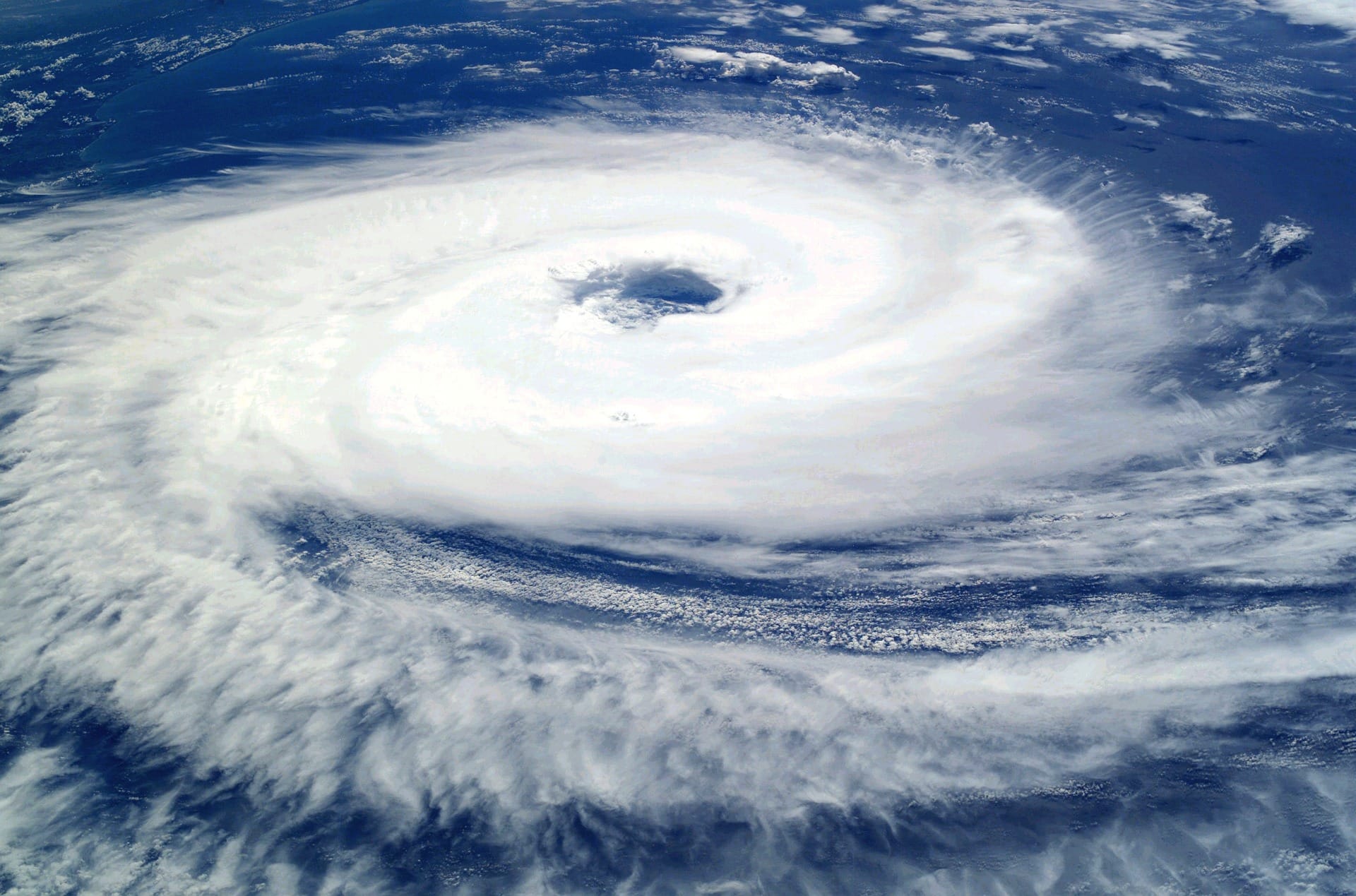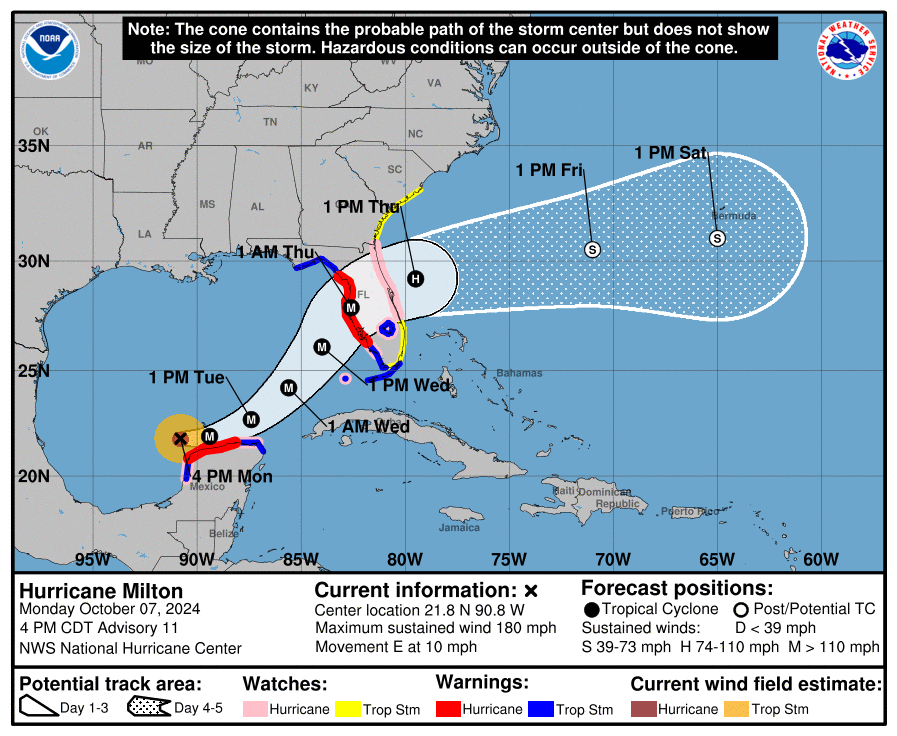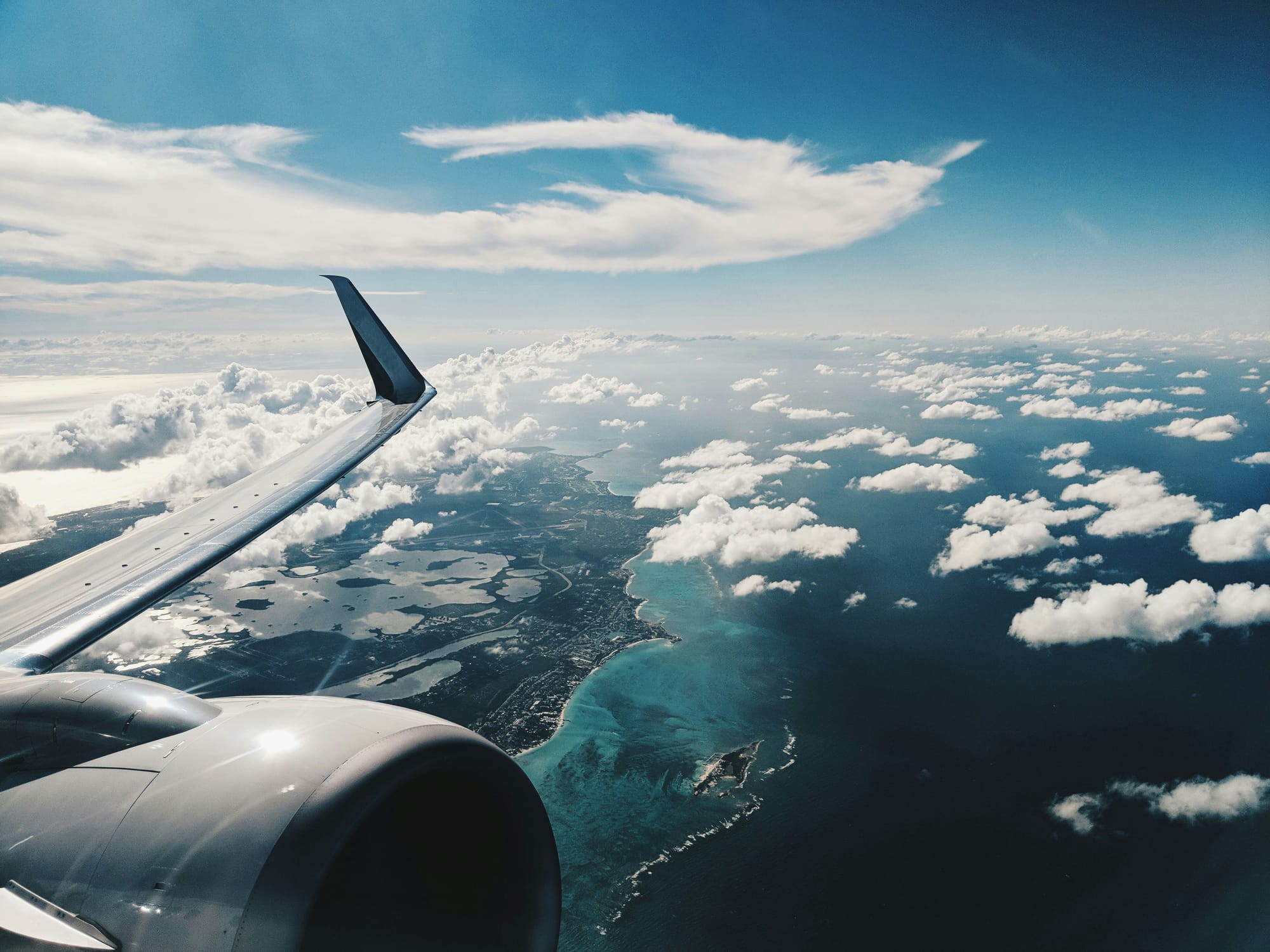Can a Commercial Airplane Fly Through a Hurricane?

Flying through turbulent weather is a common experience for air travelers, but when it comes to hurricanes, the situation is dramatically different. Hurricanes are among the most powerful and destructive weather phenomena on Earth, posing significant challenges and dangers to any type of aircraft. But can a commercial airplane, designed to handle normal turbulence and severe thunderstorms, safely navigate through a hurricane?
Understanding Hurricanes and Their Impact on Aviation

A hurricane is a massive rotating storm system characterized by sustained winds of 74 mph or more, with the strongest storms reaching over 150 mph. These storms are accompanied by intense thunderstorms, torrential rain, lightning, and rapidly changing wind patterns.
The critical components of a hurricane that affect aviation include:
- High Winds: The strong winds in a hurricane can cause dangerous instability for aircraft. Sudden changes in wind direction and speed, known as wind shear, can be deadly for airplanes, especially during takeoff or landing. In-flight, these high winds can make it difficult for pilots to maintain control of the aircraft, even at cruising altitudes.
- Turbulence: Hurricanes are associated with severe turbulence, much more intense than the turbulence most passengers experience during a regular flight. This type of turbulence can violently shake an aircraft, causing potential injury to passengers and crew and putting immense strain on the aircraft’s structure.
- Heavy Rain and Low Visibility: Hurricanes produce sheets of rain that can drastically reduce visibility, making it difficult for pilots to navigate, even with advanced instruments. The heavy rain can also interfere with aircraft engines, potentially leading to engine failure due to water ingestion.
- Lightning: Frequent lightning is another concern. While airplanes are designed to withstand lightning strikes, repeated hits, especially in such a volatile environment, increase the risk of electrical system failure.
- Pressure Variations: The air pressure within a hurricane, particularly in the eye of the storm, is much lower than normal. These rapid pressure changes can affect the aircraft's performance and the comfort of those onboard. The sudden drop in pressure could cause physical discomfort to passengers, such as ear pain, and make it difficult for the plane to maintain altitude.
The Safety Protocols in Place

Commercial airlines have strict safety protocols to avoid hurricanes. When a hurricane forms, meteorological agencies track the storm’s path, speed, and intensity. Airlines rely on this data to reroute or cancel flights that may be impacted. Modern aircraft are equipped with advanced radar systems that allow pilots to detect dangerous weather far in advance, ensuring they can avoid flying through hazardous areas.
Air Traffic Control (ATC) works in coordination with airlines to help keep aircraft away from the path of a hurricane. In many cases, airports in the projected path of a hurricane are shut down well before the storm makes landfall. This preemptive approach ensures that commercial flights are not put in a situation where they might encounter hurricane conditions.
Could a Commercial Airplane Technically Survive Flying Through a Hurricane?

While commercial airplanes are designed to withstand extreme conditions, deliberately flying through a hurricane would be highly inadvisable. The combination of violent turbulence, high winds, and intense rain would likely lead to a dangerous and uncomfortable experience for passengers and crew. The aircraft's structural integrity could be compromised, and there would be a heightened risk of mechanical failures.
Even if the airplane were to survive the ordeal, the experience could result in serious injuries to passengers and crew due to the severe turbulence. Pilots would also face immense challenges in controlling the plane, and navigation systems could be disrupted by the extreme weather conditions.
There are, however, specialized aircraft, such as NOAA's "Hurricane Hunters," that fly into hurricanes to collect scientific data. These planes are reinforced to withstand the extreme forces and are flown by specially trained crews. They provide valuable data that helps meteorologists predict hurricane behavior. But even these flights are extremely dangerous and involve significant risk.
Final Thoughts
While a commercial airplane might technically be able to fly through the outer edges of a hurricane, where the winds are weaker, venturing into the heart of the storm would be a catastrophic decision. The combination of intense turbulence, high winds, heavy rain, and unpredictable weather patterns makes hurricanes one of the most dangerous environments for any aircraft. Commercial airlines prioritize safety, and extensive protocols are in place to ensure that flights avoid hurricanes at all costs.
Commercial planes are not designed to handle the extreme conditions of a hurricane. Flying through one would place passengers, crew, and the aircraft at significant risk.





